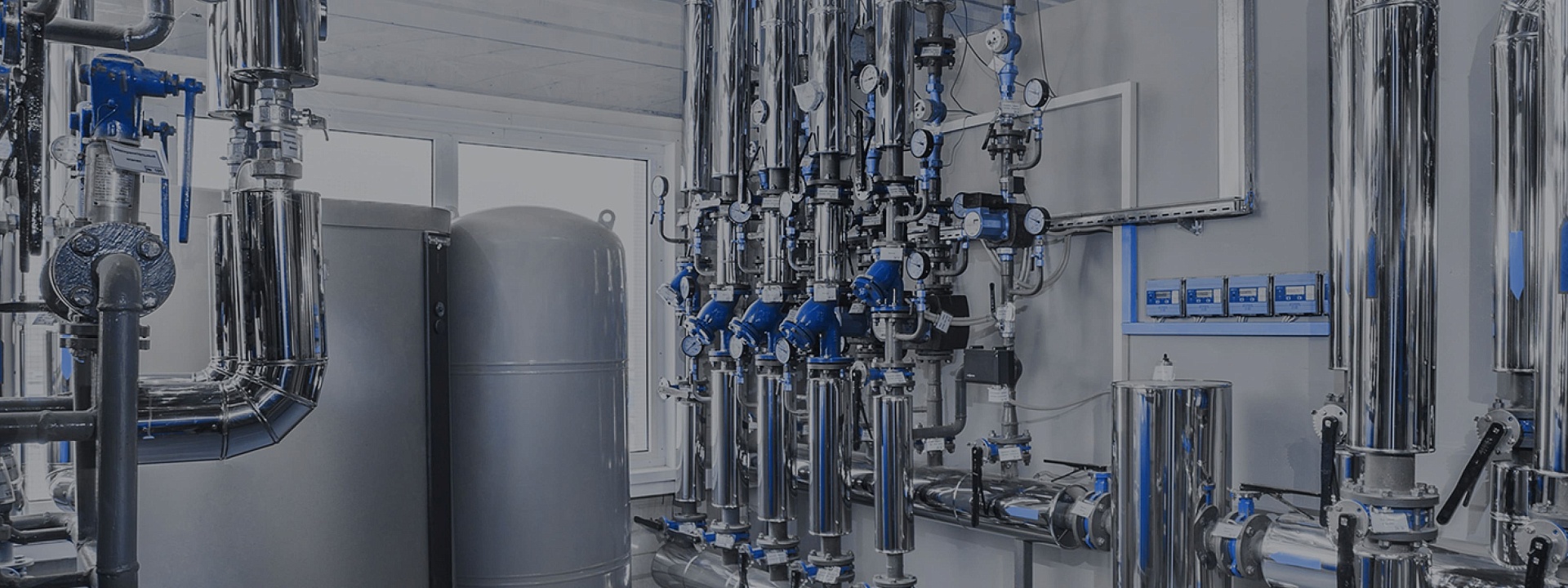HIGH PRECISION TECHNOLOGICAL CONTROL OF EQUIPMENT
Currently, due to the absence, malfunction, and insufficient accuracy of primary control and measuring instruments (PII), including those used for technical metering of energy resources, many thermal power plants have a number of global problems:
- There is no complete understanding of the actual state of the main and auxiliary equipment, taking into account the deterioration of its performance characteristics (decreased productivity and increased operating costs) due to wear and tear as a result of significant equipment operation
- Current versions of production instructions (PI) for operation are generated with an allowance for significant deviations from the optimal equipment operating mode, new versions of instructions are generated based on outdated versions that do not take into account the actual state of the equipment
- Regime maps are generated based on equipment tests using control and measuring instruments (PII) with a large error - existing PII installed on the equipment, or portable PII of the contractor
- Equipment switching on and loading modes are often carried out incorrectly, due to insufficient or lack of operational control. Examples of such situations may be: group operation of steam or water boilers with a non-optimal combustion mode at reduced loads and low efficiency, lack of regulation of the operation of blower fans in order to optimize their energy consumption, etc.
- Operational calculations of technical and economic indicators (TEI) of an enterprise (power plant) are performed on the basis of information from current unreliable NTD. This leads to potential losses on the day-ahead market (DAM)
- For the correct operation of the APCS and upper-level optimization systems for the operational distribution of the heat load of equipment, a sufficient volume and accuracy of readings from primary metering devices are required
SOLUTIONS
Implementation of high-precision automated control of process parameters of the main and auxiliary equipment will ensure in real time:
- Monitor consumption and distribution of energy resources during its operation in the mode of an automated energy metering system;
- Сreate archives of information on actual equipment operating modes for a better understanding of the current state of the equipment;
- Significantly increase the reliability of the equipment due to the optimal operating mode;
- Increase the efficiency and reliability of obtaining data on the causes of emergency situations and technological disruptions in the operation of the CHPP;
- Increase in the accuracy and number of primary measuring devices will allow to significantly optimize own needs for the main types of costs;
- The ability to create an optimal station configuration and optimal equipment loading (boilers, turbo units, etc.) in order to reduce the overall specific energy intensity of production.
MEASUREMENT POINTS
- Consumption of incoming utilities (gas, fuel oil, electricity, etc.);
- Consumption of produced utilities (steam, hot water, including thermal energy, etc.);
- Consumption of auxiliary energy sources (water, air, etc.);
- Operational parameters of process equipment (temperature, pressure, voltage, current, etc.)

